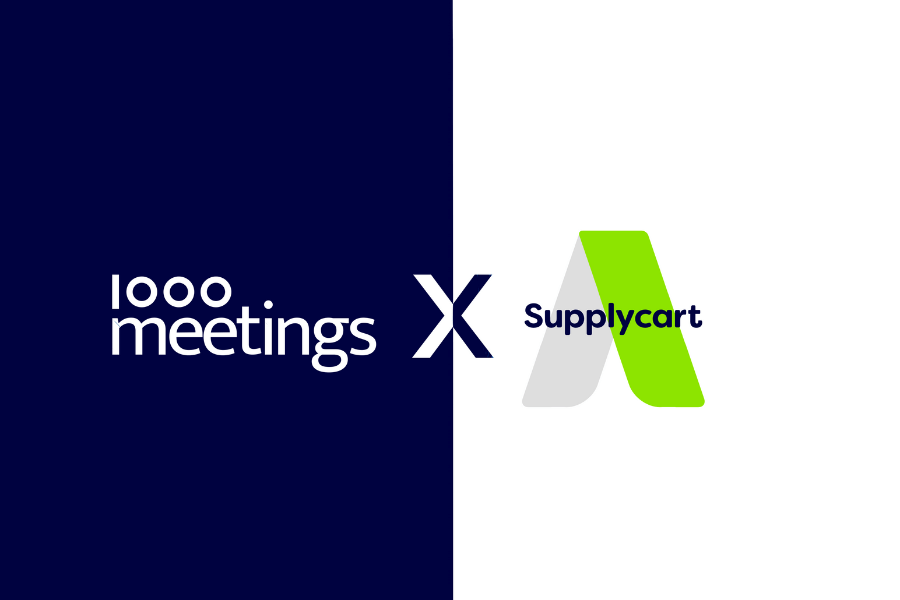Navigating procurement processes can be overwhelming, especially when dealing with various request types:
💡 Request for Tender (RFT),
💡 Request for Quotation (RFQ),
💡 Request for Proposal (RFP),
💡 broader category of Request for X (RFX).
While many definitions exist online, understanding when and how to use each effectively is crucial for procurement professionals seeking efficiency and competitive pricing. This guide provides a strategic approach to selecting the right request type, ensuring successful supplier engagement and optimal outcomes.
Understanding the Key Differences
| Request Type | Best For | Key Features |
|---|---|---|
| RFQ (Request for Quotation) | Standardized products/services, price-focused decisions | Quick turnaround, lowest price emphasis |
| RFP (Request for Proposal) | Complex projects requiring creativity and expertise | Evaluates beyond cost—value, innovation, and capabilities |
| RFT (Request for Tender) | Large-scale contracts, government procurement | Formal, detailed submission process, legally binding |
| RFX (Request for X) | Catch-all term encompassing all request types | Flexible approach to supplier engagement |
When to Use RFQ, RFP, or RFT
● Use RFQ when… Price is the primary deciding factor, and specifications are standardized.
● Use RFP when… You seek innovative solutions or a partner to collaborate on a project beyond just delivering a service or product.
● Use RFT when… You have well-defined requirements and need competitive bids for long-term, high-value contracts.
● Use RFX when… You need a flexible, customized procurement approach that combines elements of RFQ, RFP, and RFT.
Optimizing the RFX Process for Better Results
Define Clear Objectives: Suppliers respond better when the expectations, evaluation criteria, and objectives are clearly outlined.
Use Technology for Efficiency: Digital procurement platforms streamline the RFX process, improving supplier participation and evaluation speed.
Engage with Suppliers Early: A pre-RFX discussion can clarify questions and improve response quality.
Evaluate Beyond Cost: Consider expertise, innovation, and value-added services to make better long-term decisions.

Leveraging an E-Procurement Solution for RFX Success
Implementing an e-procurement solution can significantly enhance the efficiency and effectiveness of your RFX process.
Here’s how:
Automation & Workflow Management: E-procurement platforms automate repetitive tasks, such as sending requests, tracking submissions, and evaluating responses.
Supplier Visibility & Comparison: Digital tools allow for easy comparison of supplier bids based on predefined evaluation criteria, ensuring transparency and informed decision-making.
Centralized Documentation: All RFX-related documents and supplier interactions are stored in a single platform, reducing the risk of miscommunication and lost data.
Faster Turnaround Times: Automated notifications and structured workflows accelerate the procurement cycle, reducing time-to-decision.
Improved Compliance & Audit Trails: Digital platforms ensure all procurement steps are documented and compliant with organizational and regulatory requirements.
By integrating an e-procurement solution, organizations can eliminate inefficiencies, improve supplier engagement, and make data-driven procurement decisions.
Common Pitfalls to Avoid
⚠️ Overcomplicating the RFX Process: Keep your request documents clear and to the point to encourage more supplier participation.
⚠️ Focusing Solely on Price: The lowest bid isn’t always the best—consider service quality, delivery times, and flexibility.
⚠️ Lack of Market Research: Understanding supplier capabilities and market trends improves the quality of responses you receive.
Final Thoughts
RFQs, RFPs, and RFTs each serve different procurement needs, and using the right one can dramatically impact your sourcing success. By optimizing your RFX approach, leveraging technology, and engaging with suppliers strategically, you can ensure a more effective and streamlined procurement process.
About ADAM
ADAM empowers businesses with cutting-edge workflow and procurement technology, enabling seamless digitalization and enhanced spend management.
As a leading e-procurement solution, Supplycart is dedicated to delivering simplicity, clarity, and value, ensuring a streamlined procurement experience.
Stay updated on insights, trends, and updates geared for the procurement community delivered to your inbox.
Up next
See ADAM in action.
Get started and our friendly team will take care of the rest.
Explore how ADAM can transform your vendor management strategy today.




